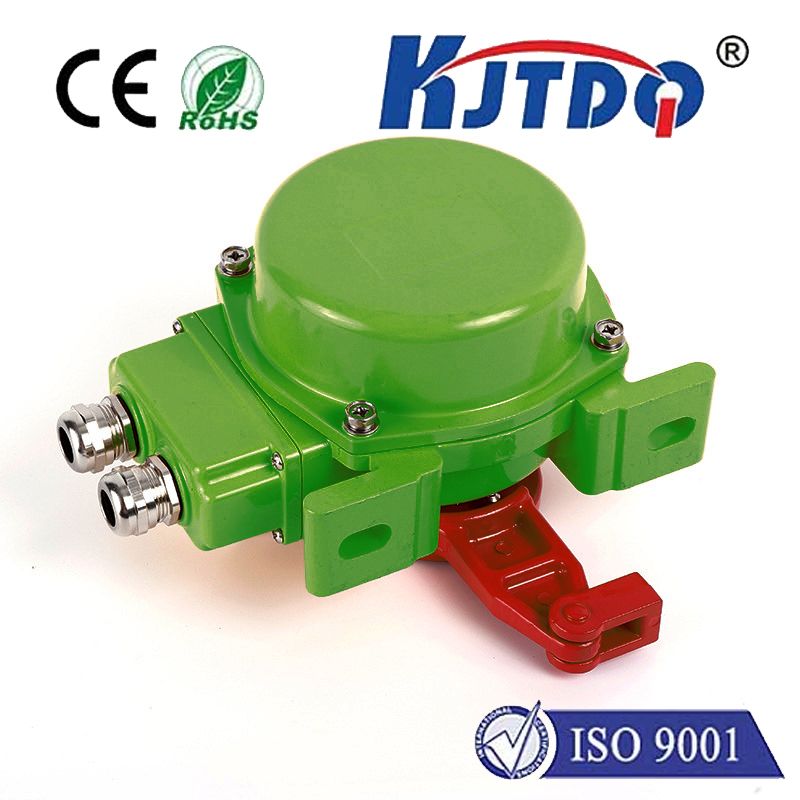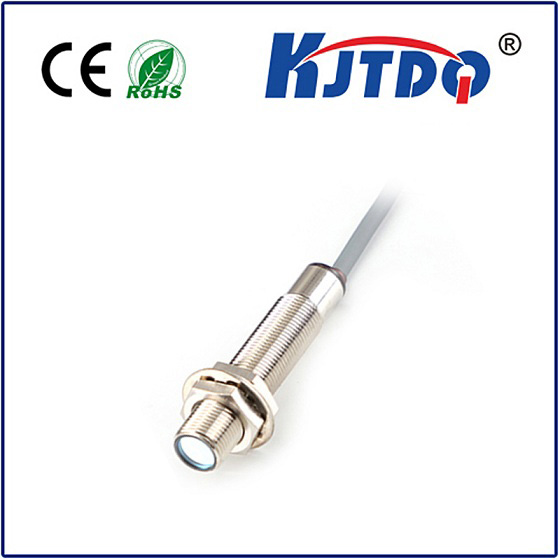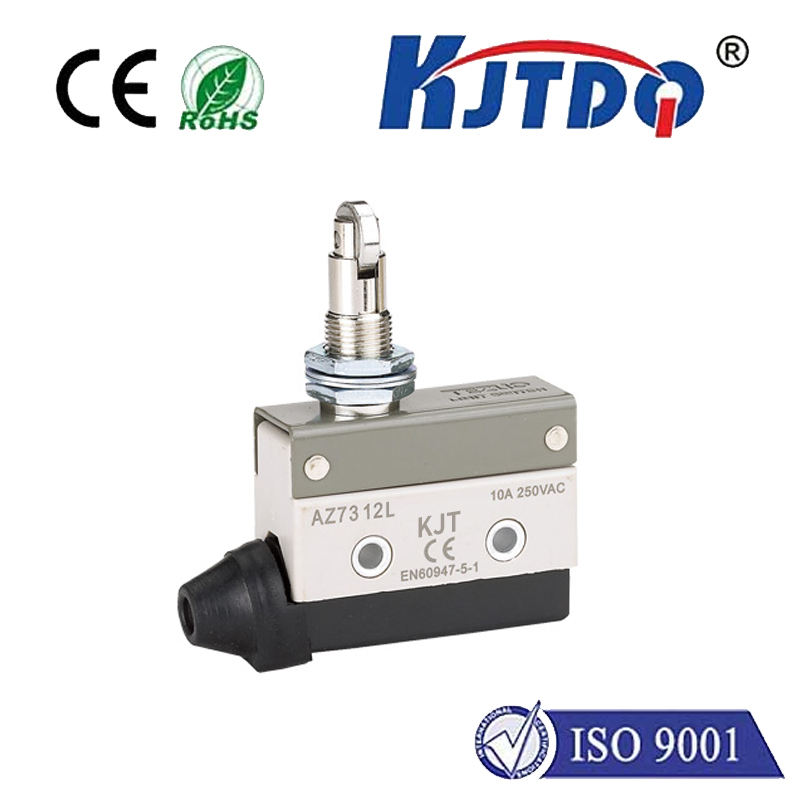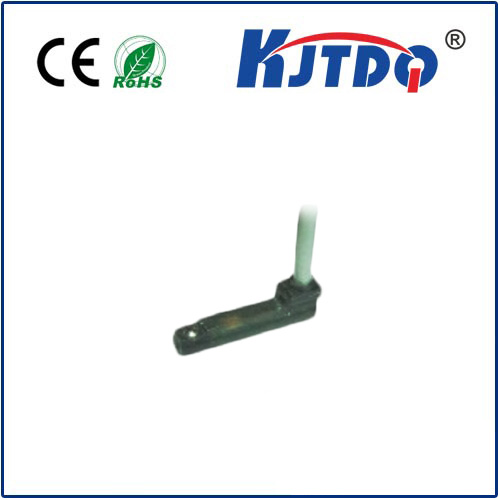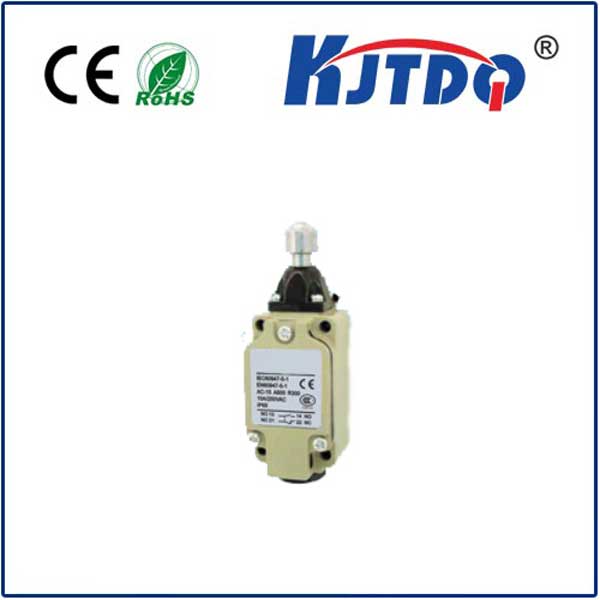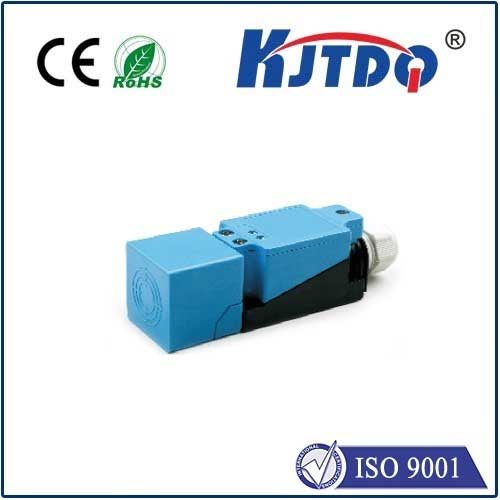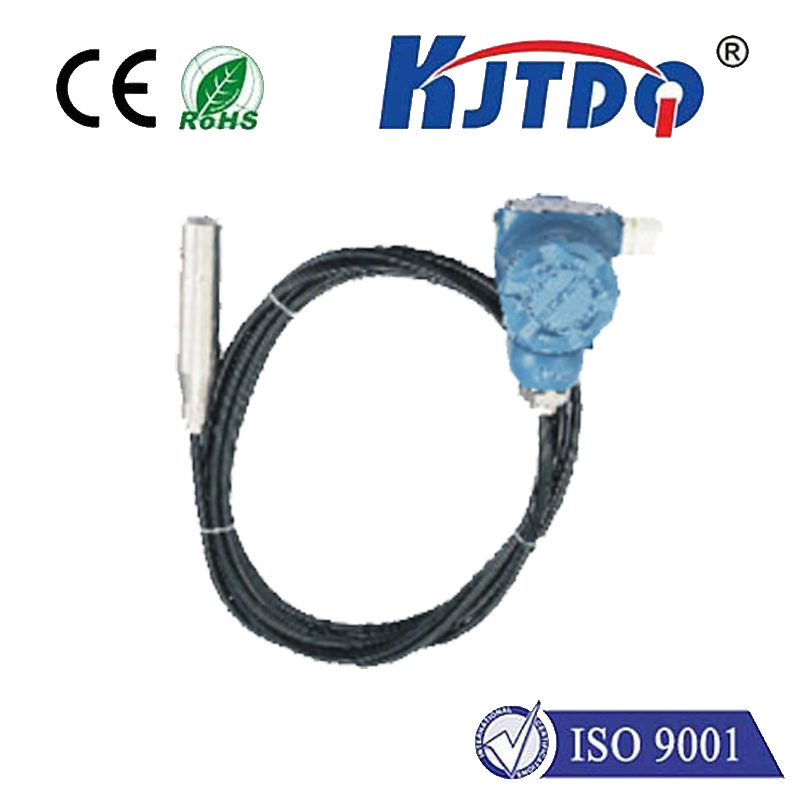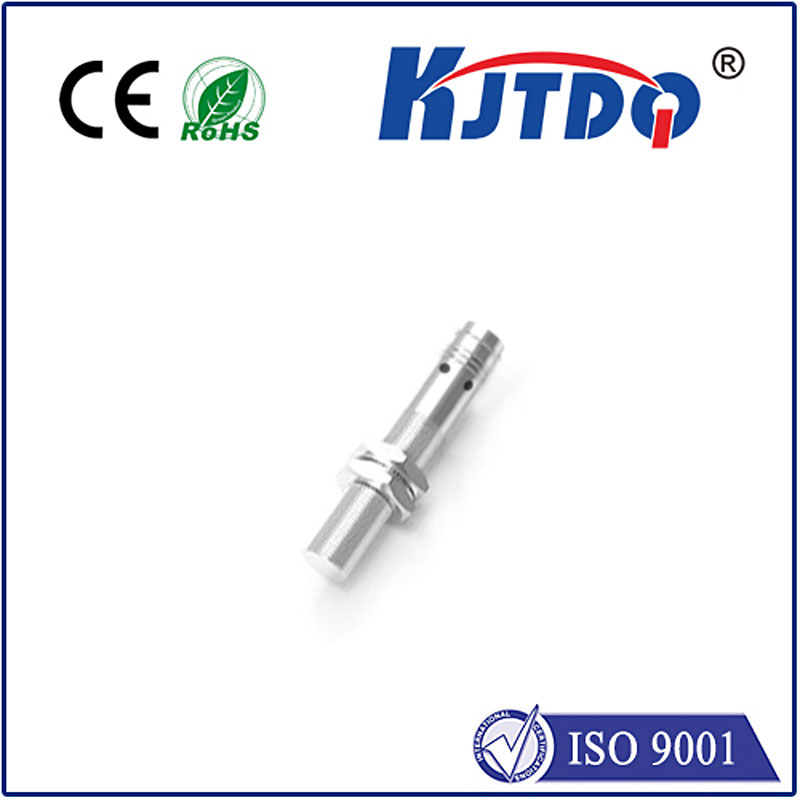

check

check

check

check

check

check

check

check

check

check
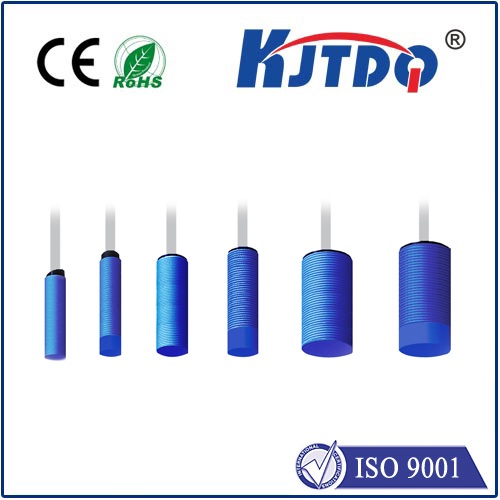
Capacitive sensor is a common sensor widely used in various measurement and detection fields. Its repeatability is one of the important indicators for evaluating sensor performance. The following are the repeatability measurement methods of capacitive sensors and their precautions.
1. Measurement principle
The repeatability of a capacitive sensor refers to the consistency of the measurement results obtained when it performs multiple measurements under the same conditions. The measurement principle of the capacitive sensor is based on the change in capacitance value of the capacitive device, and the capacitance change is converted into an electrical signal output through the measurement circuit. Therefore, the repeatability accuracy of capacitive sensors is affected by many factors, such as electrode spacing, electrode shape, shape of the measured object, and dielectric constant.
2. Experimental steps
In order to measure the repeatability accuracy of the capacitive sensor, the following experimental steps need to be performed:
(1) Choose appropriate experimental instruments, including signal generators, capacitors, oscilloscopes, etc. According to the specifications of the capacitive sensor, set parameters such as frequency, amplitude, and waveform of the signal generator, as well as parameters such as the channel and measurement range of the oscilloscope.
(2) According to the instructions for use of the capacitive sensor, install the sensor correctly and perform calibration. Calibration refers to determining the relationship between the output and input of a sensor through a series of measurements under standard experimental conditions. During the calibration process, it is necessary to use a standard capacitor or an object of known size for measurement, and record the output value of each measurement.
(3) Carry out multiple measurements under the same conditions and record the output value of each measurement. In order to obtain reliable experimental results, measurements need to be repeated multiple times, and it is generally recommended to perform at least 10 measurements. The time interval between each measurement should be consistent to avoid the influence of environmental factors such as temperature and humidity on the measurement results.
(4) Perform statistical analysis on the measurement data and calculate the repeatability accuracy of the sensor. By analyzing statistical indicators such as the average value and standard deviation of multiple measurement data, the repeatability accuracy of the sensor can be evaluated. Generally speaking, the repeatability of a sensor can be expressed by the standard deviation, that is, the smaller the standard deviation of multiple measurement results, the higher the repeatability of the sensor.
3. Things to note
When measuring the repeatability accuracy of capacitive sensors, you need to pay attention to the following points:
(1) Ensure the accuracy and stability of experimental instruments. Choose high-quality experimental instruments and operate them according to the instrument instructions to ensure the accuracy and stability of the instrument.
(2) Correctly install and debug the sensor. Follow the instructions for use of the capacitive sensor for installation and debugging, and ensure that the electrode spacing, electrode shape and other parameters of the sensor meet the requirements.
(3) Maintain the stability of the experimental environment. During the experiment, the influence of environmental factors such as temperature and humidity on the measurement results should be avoided as much as possible. If necessary, environmental control equipment such as constant temperature and humidity can be used to maintain the stability of the experimental environment.
(4) Perform statistical analysis on the measurement data. Through statistical analysis of the measurement data, the performance of the sensor can be more comprehensively evaluated. In addition to calculating the average and standard deviation, indicators such as relative standard deviation can also be calculated to reflect the consistency and stability of the sensor.
In short, the repeatability accuracy of capacitive sensors is one of the important indicators for evaluating sensor performance. With correct experimental steps and precautions, the repeatability accuracy of capacitive sensors can be accurately measured, thereby providing reliable measurement results and data support for practical applications. With the continuous development of technology, it is believed that capacitive sensors will continue to expand and improve in future application fields and performance indicators.
